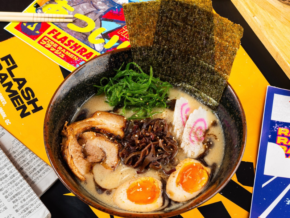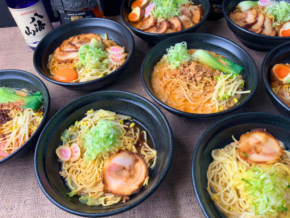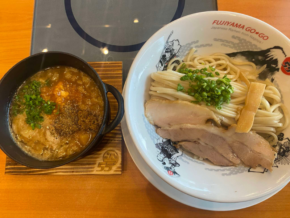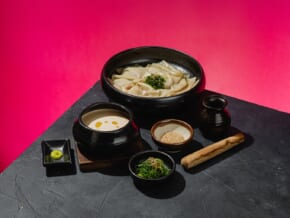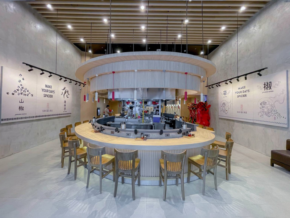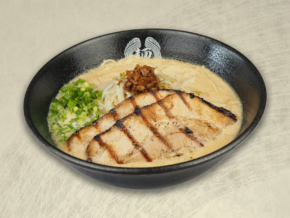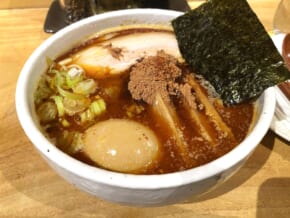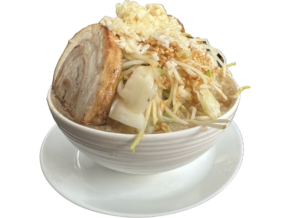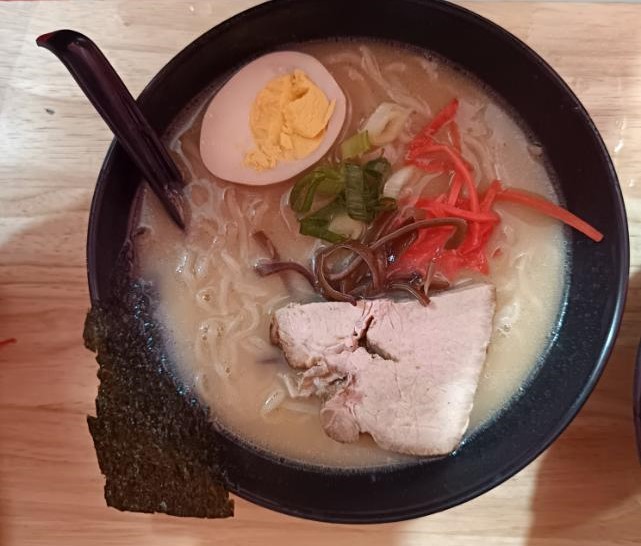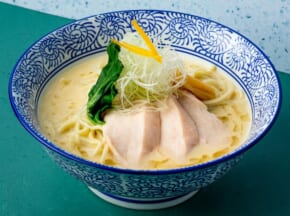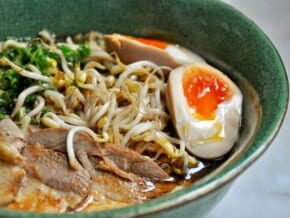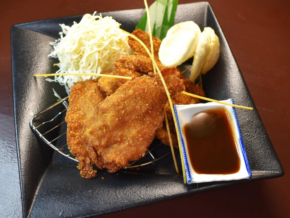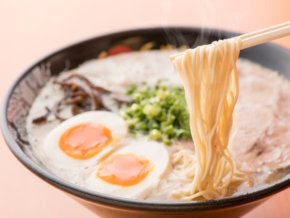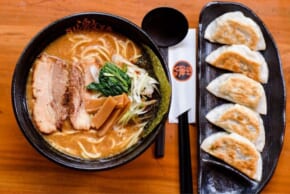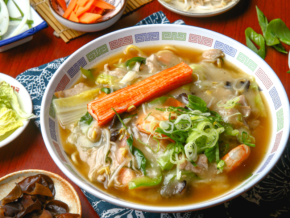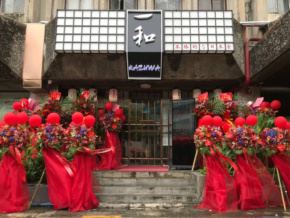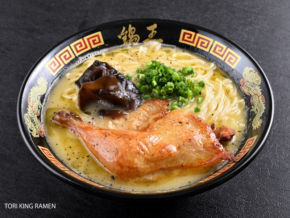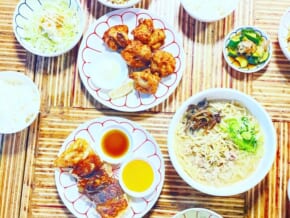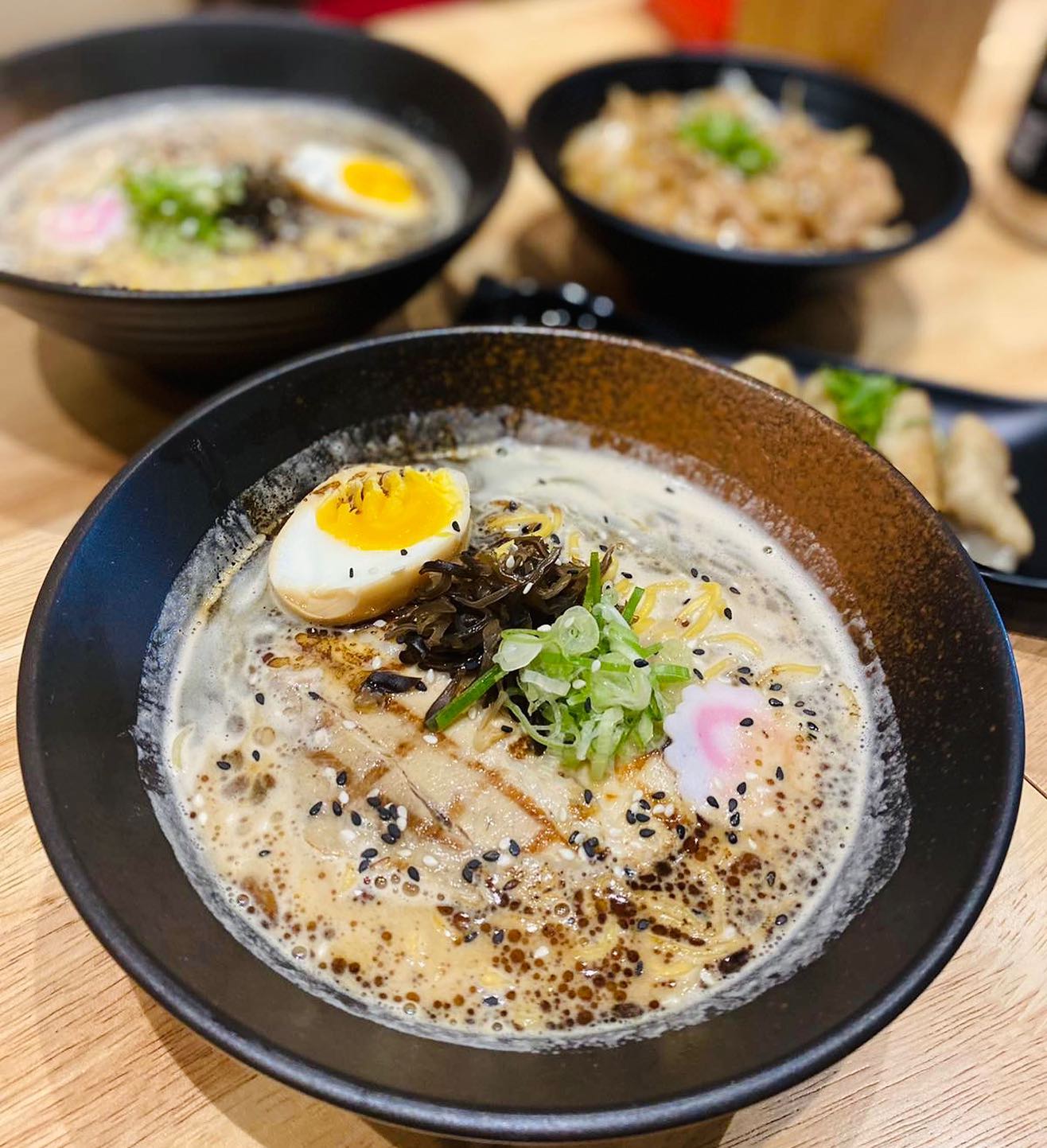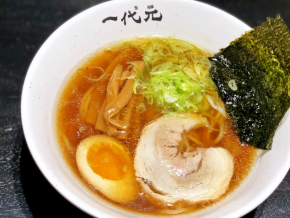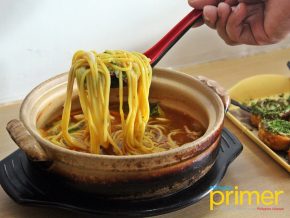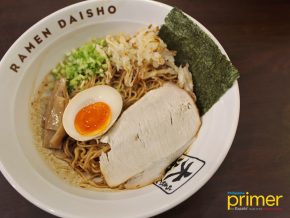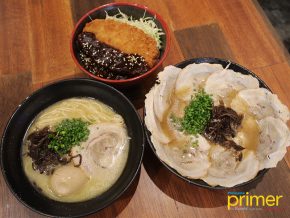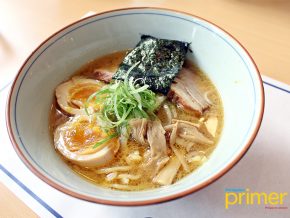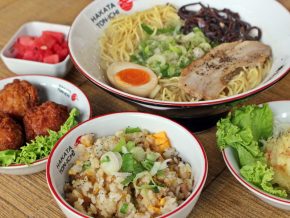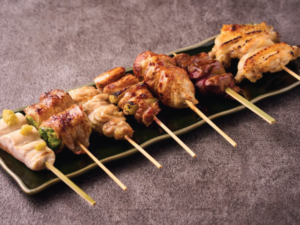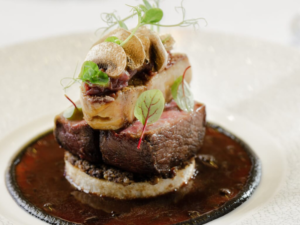GUIDE: Must-visit Ramen Restaurants in Manila in 2025
This April 2025, we will shine a spotlight on some of Metro Manila’s must-visit restaurants and shop for ramen. From traditional ones to customizable bowls, and everything in between, there’s a ramen experience waiting to delight you!
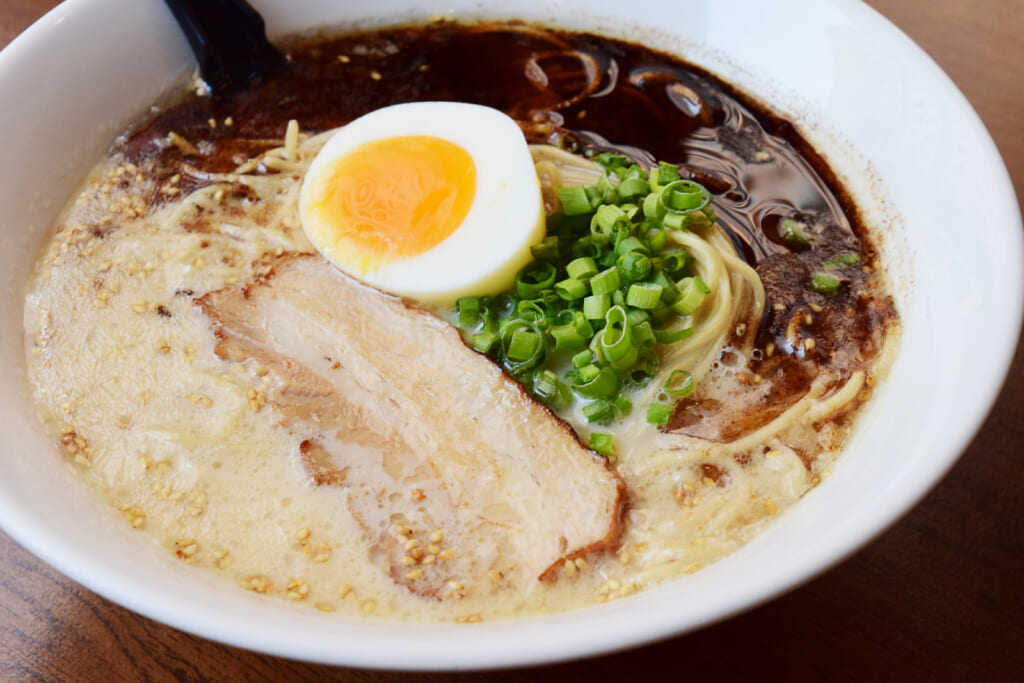 Kuro Ramen / IMAGE from Philippine Primer
Kuro Ramen / IMAGE from Philippine Primer
But first, let’s talk about its origins…
Ramen has an intriguing history that dates back to the early 20th century. Originating from Chinese wheat noodle soups, it first appeared in Japan’s Yokohama Chinatown, which evolved over time into a quintessential Japanese comfort dish.
The dish is believed to have originated from Chinese wheat noodles brought to Japan by immigrants in the late 19th to early 20th century. Initially known as shina soba (Chinese soba), ramen gained popularity among Japanese workers due to its cheap price and satisfying taste. After World War II, the dish became even more widespread as wheat flour imports increased, and street vendors began selling different regional variations. The invention of instant ramen by Momofuku Ando in 1958 further revolutionized the industry and made ramen a global hit.
 Karai Maze Soba / IMAGE from Mendokoro Ramenba
Karai Maze Soba / IMAGE from Mendokoro Ramenba
In the Philippines, ramen has seen a remarkable surge in popularity in early 2010s. This can be attributed to the Filipino penchant for flavorful dishes and the growing appreciation for international cuisines, in this case, Japanese. The adaptability of ramen (think of customizable broths and toppings) also makes it more appealing to the local palate.
Among the standout ramen spots in Metro Manila is Ramen Nagi. Established in the Philippines in 2013, this renowned chain offers a unique dining experience where patrons can customize their bowls to their liking. Their signature “King” series–Butao King, Black King, Red King, and Green King–are prepared with a meticulous blend of ingredients to suit everyone’s preference. What makes the brand stand out is the ability to let diners customize their bowls. One can adjust the firmness of the noodles, the type of char siu, the richness of the broth, among others. This level of personalization allows one to enjoy ramen just the way they like it.
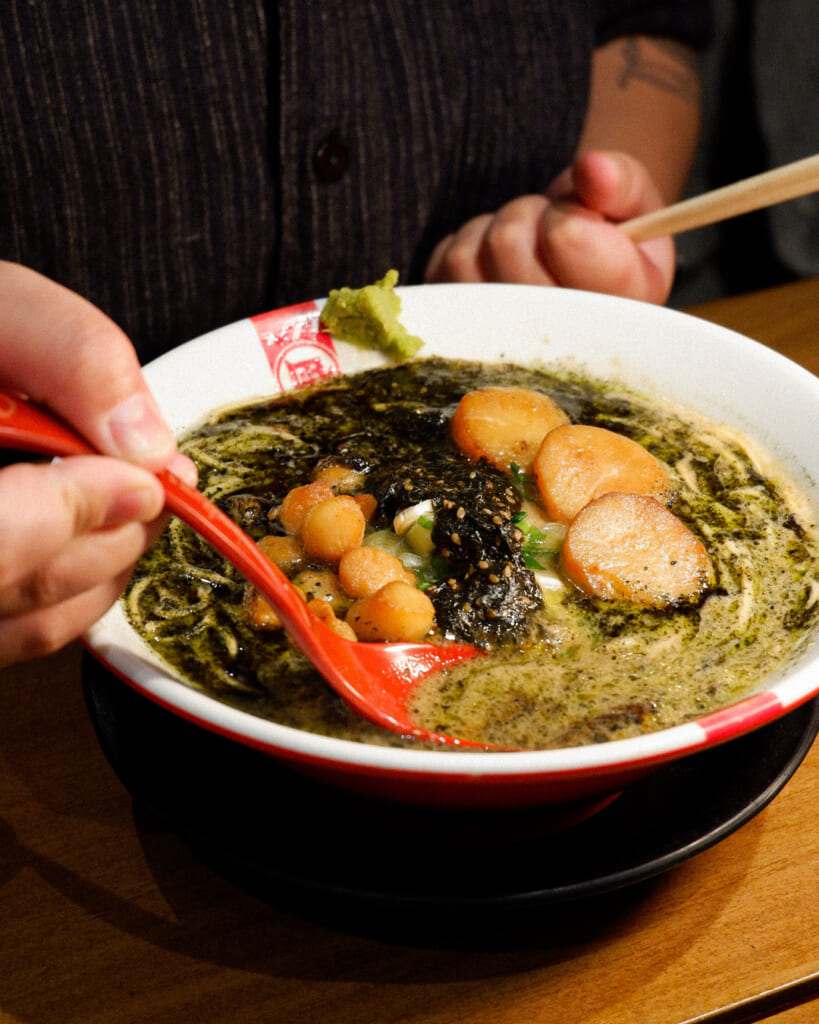 Scallop King Ramen / IMAGE from Ramen Nagi
Scallop King Ramen / IMAGE from Ramen Nagi
Next, we’ll move on to Makati’s icon Little Tokyo, where Shinjuku Ramen has been serving authentic Japanese ramen for over three decades. This no-frills bistro is popular for its traditional and off-beat options like shoyu ramen, a blend of slightly firm yet chewy noodles, light soy-based broth, tender meat, and seaweed and pirikara ramen, a best-seller with a salt-based broth, pork strips, piri-piri spice, and various accoutrements. The simplicity and authenticity of their dishes have earned Shinjuku a loyal following among those looking for a genuine taste of Japan in the Philippines.
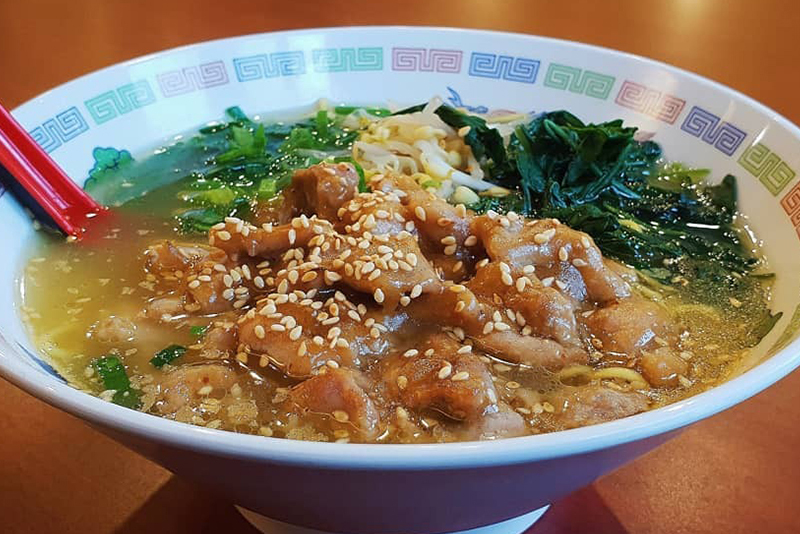 Pirikara Ramen / IMAGE from Shinjuku Home Of Authentic Ramen
Pirikara Ramen / IMAGE from Shinjuku Home Of Authentic Ramen
A recent addition to Makati’s thriving ramen dining scene, Inosho Ramen brings a bold and progressive take on Japanese ramen. The brand was first introduced in 2006 by ramen master Mr. Nakamura in Japan. Here, broth is an art form. Slow-simmered for two days—achieving a depth of flavor that shorter cooking times simply cannot replicate—his signature Tonkotsu-Gyokai broth blends the richness of pork bones with the depth of seafood, creating a multi-dimensional broth that’s both creamy and intensely flavorful. Unlike traditional tonkotsu, its gyokai infusion—made from niboshi, katsuobushi, sababushi, and sōda katsuobushi—adds a delicate oceanic umami, giving each bowl a complexity that lingers on the palate. By carefully balancing tonkotsu and gyokai stock, the ramen shop creates an exquisite harmony of land and sea flavors.
Ramen may take center stage this month, but we will also showcase Japanese restaurants that, while not exclusively ramen shops, still serve fantastic bowls of steaming goodness! From izakayas (Japanese pubs) to yakiniku spots, we’re exploring places where this noodle dish shares the menu with other delicious Japanese fare. Plus, we’ve gone the extra mile by featuring exclusive interviews with some of the top restaurateurs behind Ramen Nagi, Inosho Ramen, and Yushoken Ramen to give you a behind-the-scenes look at their craft, inspirations, and what makes their creations truly special.
We’re just scratching the tip of the iceberg as the ramen culture in the Philippines continues to flourish, thanks to a numerous shops dishing out unique takes on this classic dish. So grab your chopsticks, gather your foodie family and friends, and embark on a flavor-packed noodle adventure that will delight your taste buds and warm your soul! Itadakimasu!






